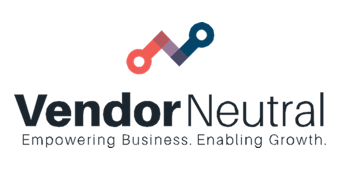
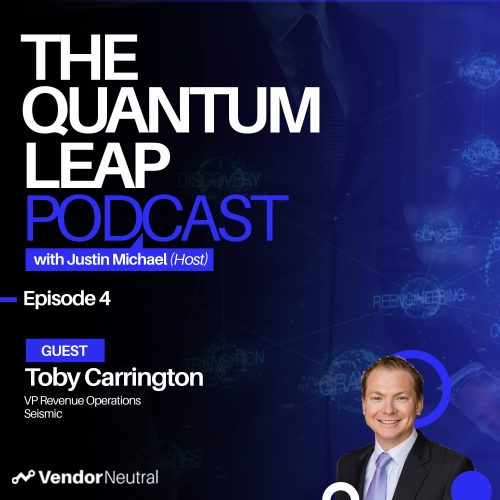

Transforming Your Enterprise TechStack, The Future is Bright!
Episode 4 -
Toby Carrington
VP Revenue Operations, Seismic
Read Full Transcript
Justin Michael Welcome back to Quantum Leap in the Neutral Zone for Vendor Neutral. I’m Justin Michael doing my best William Shatner impression as I can as a futurist and aspiring futurist. I’m here with Toby Carrington, who is a revenue operations leader for Seismic, and really excited to talk with you today. How are you, Toby?
Toby Carrington, I’m great, Justin. Thanks for having me.
Justin Michael Yeah, it’s great to connect with you. And we’re talking about Enterprise digital transformation as the theme on this show. We’re talking about ways to quantum leap, but also predictions on where things are going. What’s your approach to transform the Enterprise? You could talk about your software, you know, your personal mission as a thought leader. Just curious to kind of crack into your perspectives at a broad level.
Toby Carrington Yeah, absolutely. I mean, great topic. One I’m really passionate about, and I think that’s just been accelerated, right? I mean, in 2020, hasn’t panned out like anybody really, really thought it would, and I think everyone’s digital transformations of sales and marketing, their plans have just accelerated. And that’s why it’s great being at Seismic. We’re transforming sales and marketing and enablement, you know, from small companies to large companies. So definitely for all the leaders of your, that listen to your show, you know a very relevant software, as we sort of look to break down barriers between marketing sales, improve seller efficiency, and really make sure that in this remote environment, everyone can collaborate and make sure that they’re sending the right messages and so forth out to how to their prospects and customers. My personal view is that we’re really going to accelerate the age of data, systems, and tools augmenting salespeople. And this a you know, this is a particular passion of mine Justin, is around how the future SAAS or any salesperson will actually look. What steps we have to take now to organize our software, organize our data to actually enable the salesperson of the future. That’s a, that’s for me a really fascinating topic, and it’s going to come faster where we might have talked about a five-year time horizon. I think, you know, the next one to two years we’re going to have this we’re going to see drastically different skill sets and sort of ways of going about doing sales.
Justin Michael That’s really fascinating. So that’s a very broad, great view. Now, what are some tactical tips for doing that in the next year? Someone hears that and goes, great. I love the vision. What are some types of tools that they can buy? Types of enablement? That’s a lot of like where the rubber meets the road on this stuff as it’s like you hear these big visionary statements, and then it’s just tying that into what’s the next step.
Toby Carrington My view is around specific use cases. I mean, let’s take a classic one that’s often that’s often spoke about it’s, for example, like a customer 360-degree view and really having all the information about a customer or prospect at your fingertips. Sounds simple to do but quite complicated if you think about all the different data sources, all the different tools that maybe need to be integrated with each other, and so forth. So, I take that, for example, as a specific use case that you then need to think about. What does that mean for your organization? What information do you want a seller to have in a particular situation? And then how do they go about getting it? And there are a number of other difference scenarios like that. So, I think it’s a, it’s more about understanding how your salespeople are going to engage and what they’re going to engage on. And another one is, for example, the use of a video in selling. Now, we’re all now totally used to Zoom and doing everything digitally and so forth, but that’s changed a lot of things. I mean, the days of face to face meetings in some scenarios might be over. And so you need to think about technology, not just for communicating to each other but also making sure that you can get personalized content, that you can understand what’s resonating with prospects, that you make sure that they are feeling, especially in a certain interaction, is a whole lot of different things associated with that, that we’re seeing. So my advice is to really think through the specific selling situations that you can imagine, to think about those use cases, and then to work backwards and say, OK, what do I need to put in place in terms of systems, in terms of data and so forth to enable us?
Justin Michael That’s really helpful for people listening in. When you think of sales, marketing, and operations, what do you think will be the disruptive forces in the twenty twenties impacting these disciplines? Clearly moving into a post-pandemic world where we’re distributed and remote. But, yeah, I mean, if you touch on these three areas from an operations level and the impact of technology, I’d love to get your opinion. Another broad question, but it’s going to really resonate with the listeners.
Toby Carrington I think the fascinating thing that the sort of the pandemic has accelerated from a technology point of view is innovation and changes that will, that won’t go back. I mean, QR codes at a restaurant, you know, to read the menu, that won’t change. Touchless payments and things like that, and I think everyone’s got to look at their specific industry and the things that that touches. That won’t, that won’t go back, or that will be forever changed from the pandemic. I think that’s one topic. You know a highly related topic is the remote nature of work. And, you know, I heard a really interesting thing the other day, which was people were saying, well, we never got back to the office. Now, I don’t believe that because an office is not just a place you go to work, an office is a place you go to get away from your family and your normal life and routines. So, but it will be done in a modified way. And so, you know, remote collaboration tools, the ability to understand who’s doing what at all times, being able to work together, having the data interconnected so that you know. You know what are your sales team up to? What are the activities they’re focused on? Are they the right things? These types of things become more and more important in that type of environment. So, I think it’s not going to be fully remote work like people are, people are saying, but different things are going to be done remotely, and different things are going to be done in person. People are going to organize their days differently. People are going to have different views about meetings and so forth, and so there’s going to be a lot of things that focus on, let’s say, having the right level of efficiency, automation to help sellers maximize the use of their time because they’re going to have limited face to face time and they’re going to use it differently.
Justin Michael You know, those are great points. I mean, there’s this whole idea that to do field sales, you really need to go person to person for a certain ticket level. Like seven-figure deals has to be done in person. It’s interesting. We’re moving into a 2D medium of Zoom. This is two dimensional. It’s not holographic. It’s not 3D. As a futurist, I go. How can we make this more robust? But I think I also talk to a lot of leaders who have been doing remote work and large remote sales across oceans, across continents for years. So, is it really that different? How can we learn from evergreen methods that work? How do we build trust? In these static environments, we can’t shake hands, break bread, like have that instinctive of like, our trust centers when we’re in front of someone, right? It’s a kind of occluding our ability to do that. How do we transcend that?
Toby Carrington That’s a good question. I mean, for me, that’s a personal battle. I mean, being Australian, there’s nothing more that I love more than having a beer with people. And for me, that’s the ritual, right? I’m not sure about shaking hands. You know, I love the ritual of that. But are we gonna do that anymore? I mean, the elbow bump or the fist bump or whatever might take over. I’m not sure. But I certainly am still looking forward to having, you know, having a drink and so forth with clients and prospects and things like that. Quite honestly, I mean, we’ve done some transactions. You know, I’m probably one of the predominant buyers of technology, at least for all of our tech. Everything in the CRM tech stack at Seismic runs through me, and I’ve made some significant purchases in the last few months with people that I’ve never met in person. I think there’s different types of touchpoints. And again, it’s about for me; it’s about making sure that as a buyer, you’re getting, you feel like you’re getting a personal experience. One of the big things about digital is that there’s a risk of you know, you’ve all seen those horror stories about people that are prospecting, and they put the wrong things in mass mail campaigns so that nothing seems personal. And for me, the most successful interactions are where their personal where there is relevant content for me; it adds value. And I think you can build trust through that. And I’ve certainly made six-figure purchases in the last few months with people that I’ve not met, and we were able to build trust over a different series of touchpoints. But they also made sure every time they were giving me exactly what I needed at that particular stage of my buying journey.
Justin Michael Yeah, that’s really cool to talk to someone who does that because it resonates. There’s an article where it talks about the Enterprise having ninety-one vendors in their stack. Two questions. How are you consolidating your tech stack? And then are there areas where you actually need a point solution? Where you need to go deeper to a specialist form of software because it’s either more disruptive, it’s more of a startup; it’s stealth, it’s so cutting edge. I feel like there’s two forces, right? And how do you decide whether to make the additional expenditure to the stack? Because you really need what it does? Or is there just an overall overarching let’s get blended tech stacks going? I mean, as a buyer, and you have a lot of other buyers listening to this, they’re trying to evaluate that right now because there is risk and reward to both moves.
Toby Carrington Well, I think it’s always a good practice to continuously review your tech stack, right? I mean, there’s, of course, a cost, to, there’s a cost to change and, you know, you build certain business processes around it. For us, it’s important to stay best in class. I mean, Seismic is the leading sales enablement platform, and we try very hard to ensure that we have integrations and, you know, our own deployment of also, you know, best in class-leading solutions. But, you know, new categories are constantly created. There are also things that, you know, were market-leading that then, you know, not so much a disrupted him on one way or the other. And I think it’s important to stay current with that. So, I mean, I focus very heavily on integration. For me, I don’t want one app that rules them all, nor do I want 100 apps where people have to go. I think there is; there’s certainly room for, you know, three, four or five key sort of entry points, again, depending on the use case that people can go into. But it has to be at a manageable level. I mean, take your iPhone or Android or whatever; you don’t just have one app that you go into that manages your entire life, but you also don’t have seventy-five that you use regularly. I think the Google toothbrush test is a good one. If you don’t use something at least twice a day, it’s not really sticky and not useful. And so, for me, I assess things, are our people using them at least twice a day? If they are, they’re probably fine, and then let’s look at the integration of those things together and see if it’s more consolidation opportunity. Maybe still using the technology but entering it and accessing it in a different way. But if someone’s not using something twice a day, then it’s not really sticky. It’s not really critical for their life, and you should think of ways of consolidating that.
Justin Michael Yeah, I like that. That’s really, really prudent. So how do you integrate? Because some people are putting their developers on writing the API and literally using internal dev resources because some of these tools do not talk to each other. So that’s, I think as a leader, a place where you can give advice. Do you look for stuff that works out of the box? Some people say, hey, it all has to integrate with Salesforce. And that’s, I think, part of Salesforce’s dominance is its extensibility, for example, or any marketing cloud for that respect? I really wish I could take a neutral viewpoint here and just give an example. But how do you integrate? You’re doing a lot of this buying. So that’s, I think, very relevant for the people listening who are trying to take the leap, get new tech stacks, economize, but integrate.
Toby Carrington I think two things, I mean, if everybody just deployed everything out of the box, as the vendors would recommend it. You know, we probably have utopia. We wouldn’t have to worry about it too much. You know, the real reality is, especially for people in ops and systems and so forth, they know different executives have different views. They had something set up in a different way. Their previous company, they always wanted to customize. My advice is actually the same as it was before around focusing on the use cases. Integration for integration’s sake makes no sense. You need to integrate the right pieces of information, and the right systems with each other, where it makes sense, where people work is where you want integration. And one of the things we focus on with Seismic is being able to integrate into whichever systems people work in. So, if they prefer to work, their organization wants them to work out of Seismic, then, you know, we start them in Seismic, and they work everything else out of that. If they prefer to work out of Salesforce or Dynamic’s or whatever the case may be, we integrate there and make sure that you have the full functionality or the functionality that they need, where they need it. So, I think there’s no silver bullet to how to do integrations other than I would say don’t just integrate for integrations sake. You have to think about again, who’s using this software? Is it a salesperson, a customer success manager, a marketing person? They have different personas; they have different needs and so walk through like a day in the life of a salesperson and then think about how the technology and how the integrations would make their life better and focus on doing that. And, you know, most software vendors, you know, should certainly be able to support that level of integration without you internally having to do too much.
Justin Michael That’s very helpful. So, spanning our attention out. Like where? Let’s talk a little bit about the utopia. What can people build? Like what do you need? I love this question. You know, I’m like, what? What are you most excited about in the families of tools? Whether that’s point solutions or blended systems for Enterprise, Martech, or, right? And I’ve had some people answer none of it. It seems kind of like that moment where everybody was just investing in the next photo-sharing app, or there was, you know, seventy-two social media networks. Your kind of like, can we cure cancer? Or COVID or like, should we do some of this other stuff, or do we need more photo sharing apps? I sometimes feel like there’s such a V.C. instinct to fund similar things, and people get caught in this spiral rut where we’re just putting out, you know, another social listening tool or something. So, for you, sitting in hovercraft mode for your organization and then talking to a lot of enablement leaders and looking at a ton of software, you know, where should technologists go to help the transformation? What needs to be built? Is it in the glue? Is it the solution? I’m curious your comprehensive thoughts on this.
Toby Carrington So, if I think about that, you know, there’s a lot of noble things, of course, we could do if I keep it to, you know, sort of digitalization of the future of sales and marketing, I, what I most want is the Siri or Alexa, the virtual assistant for a salesperson. Right. I, I want, and that’s gonna pull together. It’s gonna be a like a kind of a front end that pulls together heaps of different systems below that, but you know, you were talking before that consolidation and integration and so forth. If you imagine that everything’s perfectly integrated for what I need, you then need a way of engaging with that, and it might be multiple applications of multiple systems below it, but having an engagement interface like Siri or Alexa, that’s a virtual assistant. You know, right now, you ask Siri, you ask Alexa for directions, or where’s the nearest coffee shop and so forth. But the future can absolutely be, you know, to ask, tell me about the last 12 months of transactions with this customer based on data that you see that’s public or, you know, in the CRM. What would you predict for the future? Yeah, there’s different things you can engage with, like a virtual assistant in an intelligent, intelligent manner. And I think that’s the sort of feature of selling and buying, is where everybody has all of this information that they can use to make the best decisions that they can for each other and create value rather than wasting unnecessary time with discovering things that should be already known, or at least partially known from data making sure that you can hyper personalize again. You know what we do at Seismic is make sure that we deliver the absolute right content to a buyer where they need it in the buying journey. And, you know, there’s a lot of data points to go into determining that, but, yeah, you could just interact with a virtual assistant and say, what content do you recommend I send to Justin? And, you know, Siri or Alexa or whatever will say, here’s what you should send. And I think something like that. Or they should recommend price to you based on different factors. Well, things like that. I think that type of interface layout is something that’s definitely going to be coming as this type of virtual assistant for salespeople becomes a reality.
Justin Michael We have to learn to trust AI, and then we need very clean data because imagine, during this Zoom call, one of the big misses right now is we’re on this static Zoom. And I should, I think, have an AI assistant that’s talking to me right now about your LinkedIn profile, pulling your last three quotes that you’ve cared about. I mean, there could be some robot working informing our chat, and it could be happening for you, too, like a heads-up display. I could just be like, hey, ask Toby about the last; he was just on this event last week in London. What?
Toby Carrington Exactly. Exactly. Exactly. That’s exactly what I imagine. And I mean, we have the data, and we have theoretically, we have the technology or will soon to be able to do that. It’s about putting it together, and again, you still have to think about the use cases, right? You have to think about one of the things that I would want to know? You’ve got to teach. You’ve got to teach the machine. You know, the useful things. That’s exactly right, it’ll scan all sorts of data for me, and it will tell you what to say to me, it’ll tell you what to show to me, it’ll add value, and that will help building rapport and trust and everything like that as long as we have clean data and sensible Ai working. That’s exactly what I think will add a lot of value.
Justin Michael One of the areas I’m excited about when I talk to leaders of these fields is prediction and predictive analytics. Love your take on that. For example, you’re about to unleash a marketing program, and then there’s benchmark data that’s big enough that can kind of predict what your subject line or content will do, or you’re asking questions. Do you have a listen to talk ratio like literally in real-time? I’m an adviser to a company called Lavender, where, as you write, it gives the Flesch-Kincade, the reading level. Is it pretentious? Does it sound studious? Well, I mean, you can have AI and ML kind of working as you go. How has predictive analytics, big data, A.I., M.L., I’ll throw some buzzword bingo out there. These are the hot words in the fourth industrial revolution. What’s your take on that? What should it look like? How are you already leveraging it?
Toby Carrington Yeah. So, I mean, for us, we surface recommended content, right? So, I mean, that’s definitely, I think that’s an important topic to predict the type of content that’s gonna bring the most success, that’s going to resonate, that’s going to be personalized and so forth. That’s very important. Right? I mean, without content or stories to tell. You know, there’s this, especially if it’s digital, right? There’s limited things to talk about. But if you find having a sales conversation with you and I can produce the appropriate case studies and things that you would want to know about, and it’s a well-informed prediction, and the algorithms and so forth are good, then that’s definitely a value add. So, I see, I see that. I also am a believer, though, that we’ve got to retain that individual touch. I mean, if we all start getting told to talk in a certain tone, in certain way, and in a certain thing, you know, we all risk sounding the same, right? And I think that authenticity and so forth is still really, really important. So I believe in things like, you know, recommended next best action in a sales process or, you know, a machine guiding things, but I still think that you’ve got to have the keys to the car in the hands of the person that’s doing it. It would take a lot for me to trust a virtual assistant to do certain things automatically on my behalf. You know, before I would feel really comfortable to do that. I mean, for example. So, we were having this meeting, in advance, you know, theoretically, the A.I. assistant could, confirm the meeting with you, make sure we’re gonna be on time, remind me, do things like that. It could also send you some, you know, material, it could also send some suggestions, it could send a follow-up meeting already. Things like that. It could take proactive actions, and I think that for me, that would come cautiously, right? But I like the general direction of recommended actions and even machines taking actions on our behalf because, for me, it’s all about improving productivity.
Justin Michael That’s a great point. Trusting in those machines. So, another really interesting statistic. A lot of people are, you know, how do we upscale our workforce of citizens in a pandemic where everyone’s studying and doing e-learning? And you saw Lynda.com and LinkedIn. And LinkedIn learning’s exploding with growth with Masterclass. And Chris Boss is in there, people are taking steps to educate, but we all kind of know because of Moore’s curve, that’s actually impossible to have the skills we’ll need in twenty, twenty-five in 2020. So, a big theme in my work is like learning how to learn and technology quotient. How can people, in your view, stay ahead of the market or adapt fast enough? What is the meta-skill? For thought leaders across sales, marketing, operations, across technology, to keep pace, to stay relevant. What should you be working on right now? Some people say, OK, become fluent in Mandarin, and learn no JS. I’m probably not going to do that.
Toby Carrington No need to learn Mandarin, Justin. I mean, you’ll have a thing in your ear that can translate, or your virtual sales assistant can translate from English into Mandarin if you’re talking to someone in China. No problem. You don’t need to learn Mandarin. You. I mean, my view. Yeah. Of course. Right. Yeah. I, you know, I wish I could speak Mandarin, but I won’t have to in a few years. I think that being able to master that technology, right? Not everyone’s gonna be able to learn to code. So, I have a seven-year-old daughter, and I know you mentioned before you have a five-year-old. I have a seven-year-old daughter, and I’d always looked at her; I mean, she’s Generation Alpha. That’s cool. And she’s into you know, she’s, of course, into her iPad and apps, and things like that, but she’s into virtual reality, and she’s into other things. But she’s also like into things that I was into, like sport and music can and other things, right? So, she has to have a technical fluency that we don’t have, and I think that’s critical. I’d say you’ve got to be able to be technically flawed, but to me, it’s the level of understanding how to interact and engage and to get the best out of these apps because there’s still going to be a ton of people that are working enablement ops, whatever, role that’ll work to understand, make these systems work. It’s gonna be being able to master these different things to help you to do your job. It’s not so much that you need to be out, I mean, not everyone needs to be out to write algorithms or do anything like that, but you need to be able to understand how to use technology to get the best out of it. So, for me, it’s sort of that learning agility around technology, and I mean, something that we see is the pace of change is just so, it’s just so fast. I think there are certain; it’s not so much also just people, it’s also certain industries that are being completely disrupted. So, there will be a natural lag as certain, you know, hyper based industries go all-digital, certain face to face industries go more digital, and things like that. So, you know, for me, it’s about sort of being able to master what you need to get out of the tech as opposed to necessarily needing to understand how it all works.
Justin Michael Yeah, I feel like there’s been almost a fundamental shift, so we’ve seen less IPOs than ever. We’ve seen these mega funding rounds, like hundred million-dollar rounds, seen companies that are worth a trillion-dollar valuation like the Amazons and Googles. And then we have this view, not just to become a billionaire, a unicorn, a billion-dollar unicorn, but a decacorn and a hectocorn, and it’s just getting crazy. What I would ask to you is like being in Rev ops role in a company is, you know, is margin and profitability a fun thing now? I know it was all about the pre-revenue, and we can just go get this funny money and everyone’s funding. How are we going to see a shift in fundamentals? When we’re in a rightsizing environment, you know, people are, verticals are getting knocked out. So, as a fundamental shift in business happening to where ROI’s more critical, or is there still that appetite for innovation where there’s a lot of risk and a lot of dollars to innovate, just to purely innovate, even before there’s a proven MVP. And I’m opening up a Pandora’s box, but Seismic is in some ways, you know, cutting edge startup and very innovative. What are your thoughts on disruptive innovation in business models in the twenty twenties? And how to get started?
Toby Carrington It’s a big question. I was in a former life; I was a CFO. And so, you know, I definitely believe in robust businesses that are adding value and hopefully contributing something to society or different professions or what have you right now. You don’t necessarily need to make a profit to do that. But I am a big believer in that business fundamentals have to be solid for something to be real. I mean, we’ve seen a lot of crazy valuations and IPOs and all sorts of things built on, you know, built on nothing. I know investors have been fooled and so forth, and I think the key is that we generate some sort of value. We still say when we talk to the chief marketing officer, chief revenue officers, and so forth, we still see an intense focus on the bottom line, on being able to prove return on investment on being able to show clear attribution between what people are doing and how it’s bringing results. So, I still think that those fundamentals won’t change and given the fact that many of these companies did not have robust business models and, you know, were maybe not so solid and from a financial point of view have struggled during the pandemic. I think that’ll see a return, and I mean, I still firmly believe that companies are going to have to show a strong ROI.
Justin Michael Yeah, that’s a great point. So, we’re just going to wrap here in a couple more minutes. What is like motivating you? Like what gets you up in the morning when it comes to excitement or motivation around technology innovation? You know, I think people are looking for inspiration, too, on this show. I like to take the quantum leap to innovate. Is there a particular thought leader or books that are exciting? You, like some people, are excited that Jeff Bezos is, you know, doing Blue Origin and building rockets. You know, I mean, it’s different for everyone; Elon Musk is definitely taking the oxygen out of the room with some of the things he’s trying to do. What inspires you?
Toby Carrington Yeah, I think for me, it’s my daughter and having that, you know, that the generations, hopefully, my family that follow her, you know, also have something that’s worth being around for, right? So, I really believe in a lot of this sort of clean technology and, you know, the future there. I mean, throughout history, as humans have faced these sort of environmental crises or different things like that, they’ve been able to innovate. So, I think that’s something that I really, really care about, you know, in a work sense, working for something I love to be able to bring this sort of digital transformation. Because digital transformation is happening everywhere in our lives, and I love that we’re able to bring digital transformation to sales and marketing customer success teams that haven’t had it before because it makes their lives, you know, the people’s lives that use our software makes it better, gives them, makes them more productive. I mean, we used to joke at some customers about, you know, some of the automation benefits and things like that where what we’re doing gives you your Friday afternoon back, saves you time, makes you more productive. I mean, if you save 25, 30 percent of time, you can do it in different ways. You know, that might be more productive in a work sense, but it might also mean you spend more time with your family and so forth. So, for me, I always equate things to productivity improvements, efficiency improvements in whatever the case might be. And, you know, if that’s to, that’s to save the world, or that’s to spend more time with your family. I think that’s good inspiration.
Justin Michael I love it. Well, where can people find you? Just Toby Carrington on LinkedIn or Seismic? Give us a place to go.
Toby Carrington Yeah, absolutely. I mean, Toby Carrington on LinkedIn or if anybody wants to email me directly, it’s T Carrington at Seismic dot com.
Justin Michael Yeah, and Seismic is S as in Sam E, I, S, M, I, C. Make sure you got the pronunciation there. And I’m really excited to have you on the show. Thanks, so much for sharing your insights, and we’ll have you on again. And the future is bright. Love the way you finished with that.
Toby Carrington Awesome, thanks for having me, Justin.
Justin Michael You got it.
-
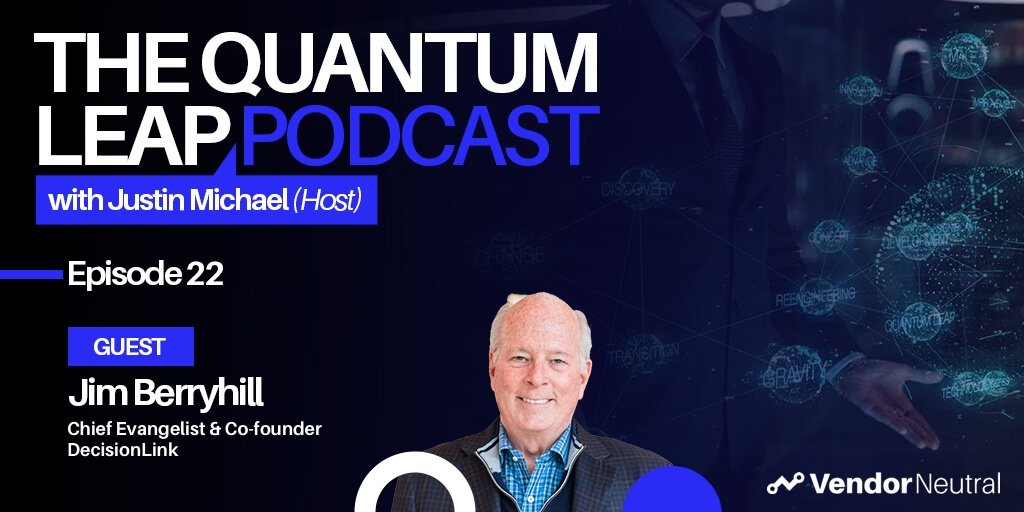 4 Opportunities For Massive Growth In Customer Value Management4 Opportunities For Massive Growth In Customer Value Management
4 Opportunities For Massive Growth In Customer Value Management4 Opportunities For Massive Growth In Customer Value Management -
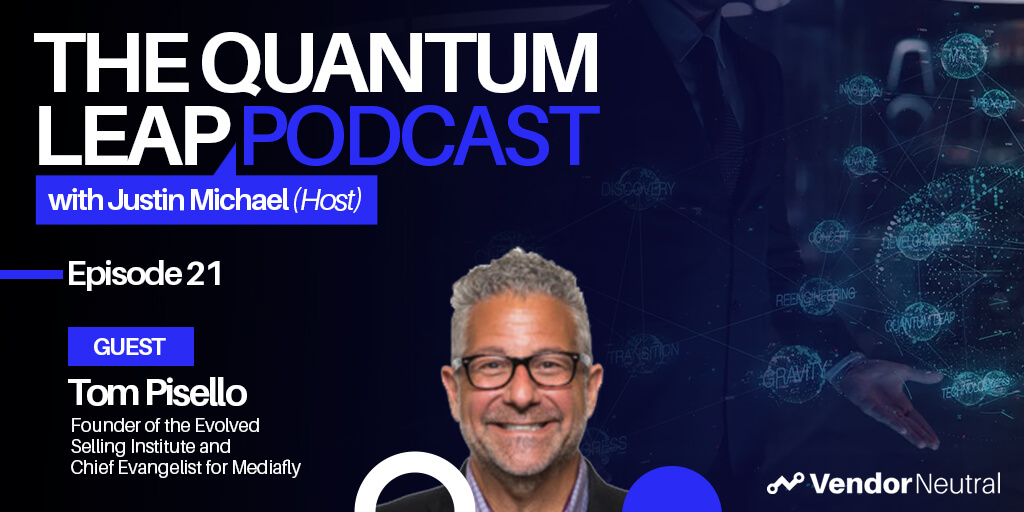 Closing the Customer Engagement Gap | Showing A Clear Case of ROIClosing the Customer Engagement Gap | Showing A Clear Case of ROI
Closing the Customer Engagement Gap | Showing A Clear Case of ROIClosing the Customer Engagement Gap | Showing A Clear Case of ROI -
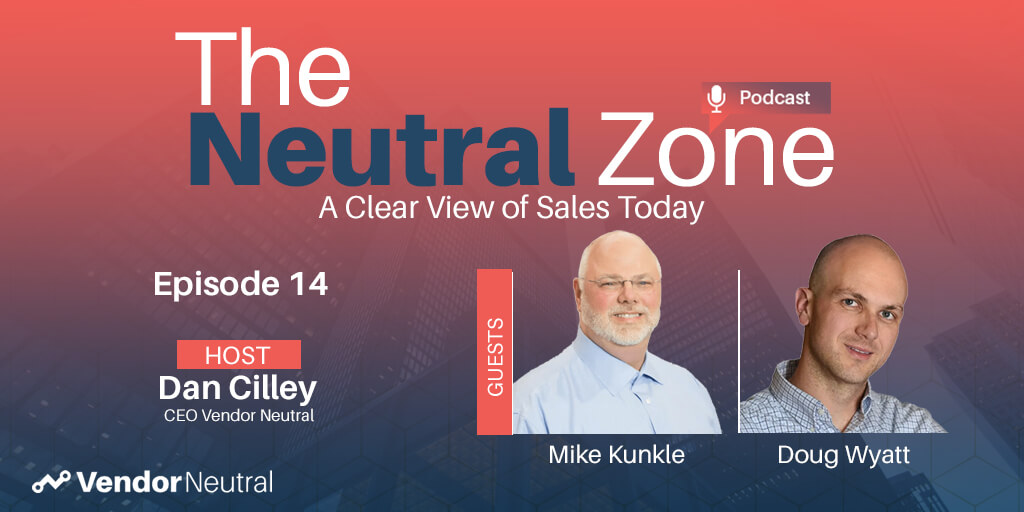 Buyer-Centric Selling | Modern Sales Foundations Virtual Sales TrainingBuyer-Centric Selling | Modern Sales Foundations Virtual Sales Training
Buyer-Centric Selling | Modern Sales Foundations Virtual Sales TrainingBuyer-Centric Selling | Modern Sales Foundations Virtual Sales Training -
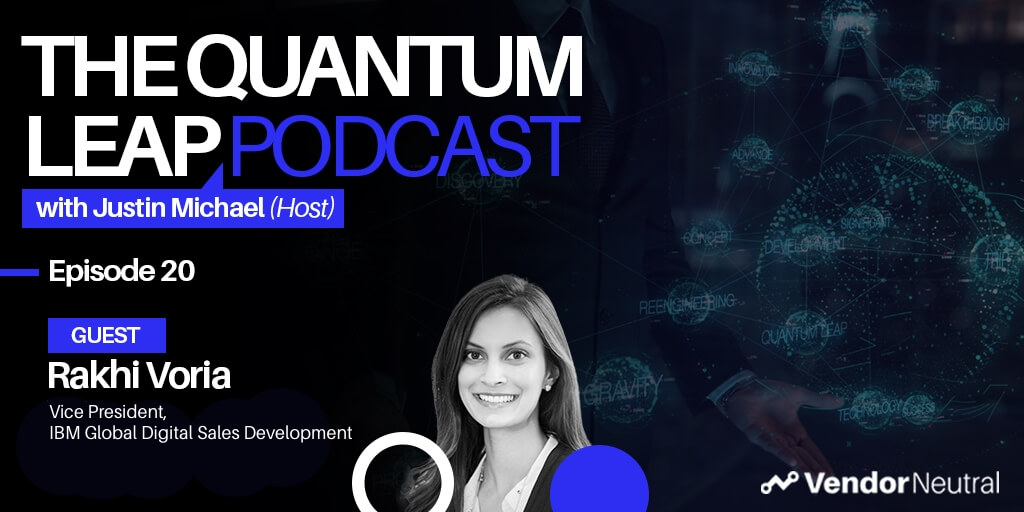 Biggest Trends in Digital TransformationBiggest Trends in Digital Transformation
Biggest Trends in Digital TransformationBiggest Trends in Digital Transformation -
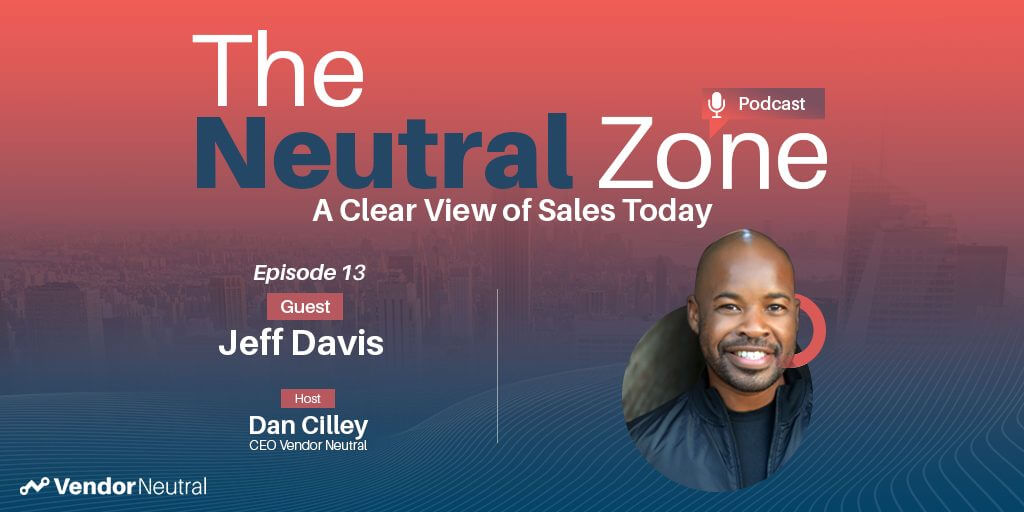 Focus on These 3 Things for Sales Technology AdoptionFocus on These 3 Things for Sales Technology Adoption
Focus on These 3 Things for Sales Technology AdoptionFocus on These 3 Things for Sales Technology Adoption -
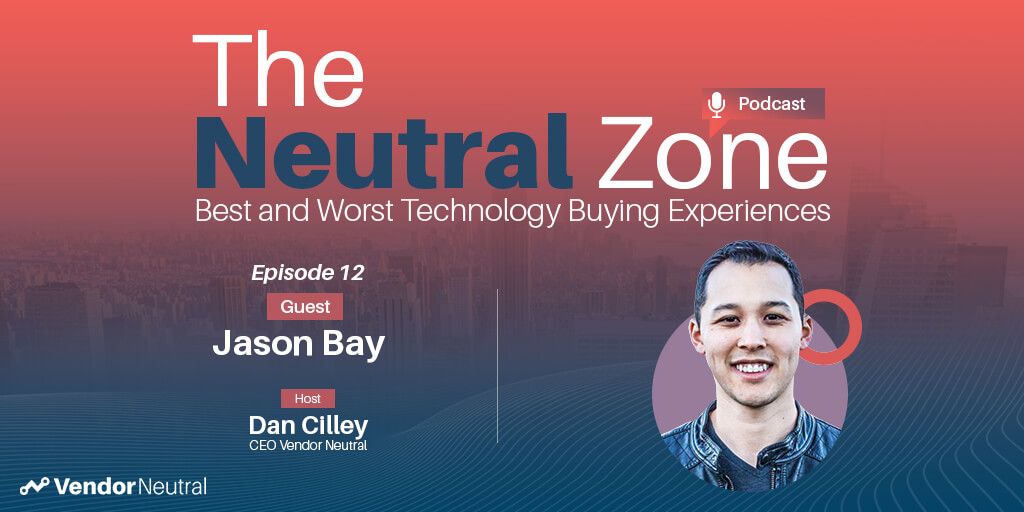 For Sales Technology Buyers A Customer Success Strategy is KeyFor Sales Technology Buyers A Customer Success Strategy is Key
For Sales Technology Buyers A Customer Success Strategy is KeyFor Sales Technology Buyers A Customer Success Strategy is Key -
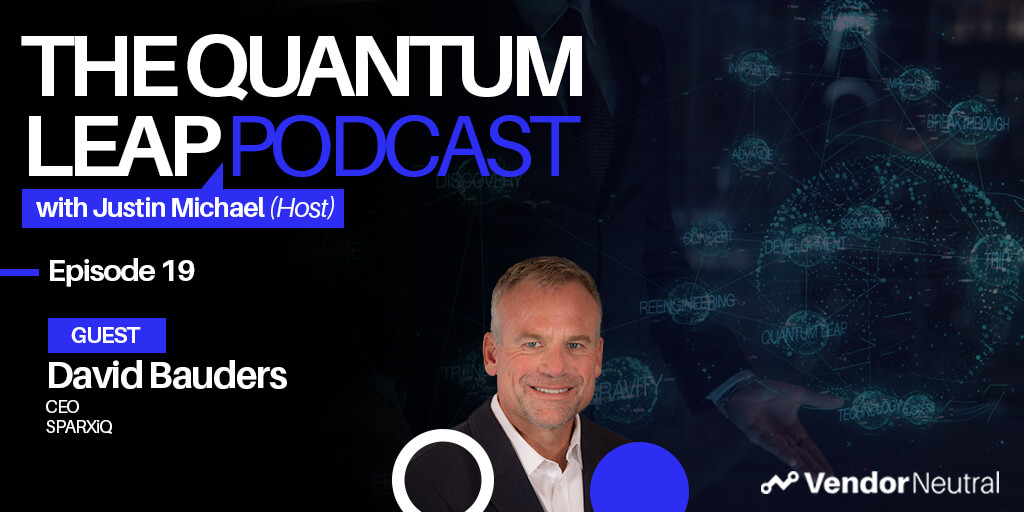 The Future of Sales TrainingThe Future of Sales Training
The Future of Sales TrainingThe Future of Sales Training -
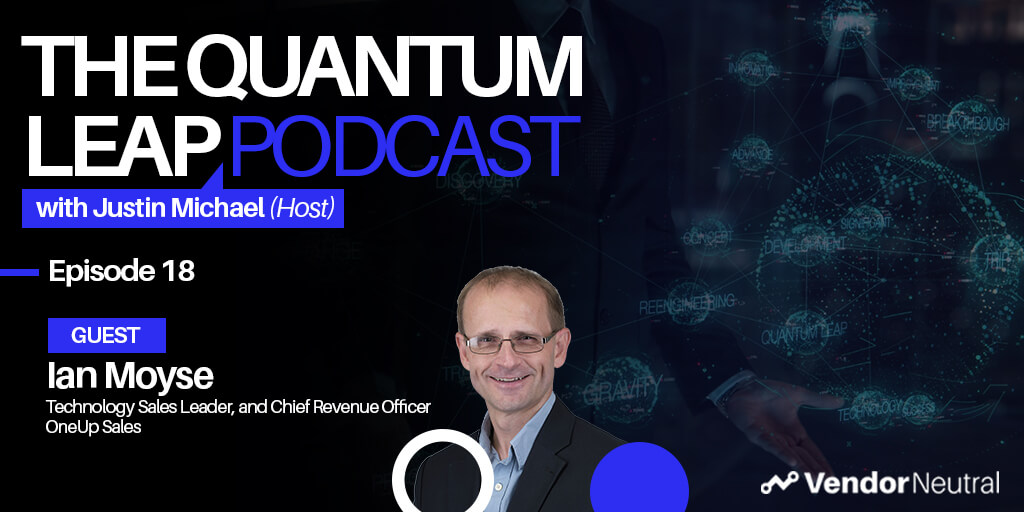 Sales Enablement to Generate Revenue in 2021 and BeyondSales Enablement to Generate Revenue in 2021 and Beyond
Sales Enablement to Generate Revenue in 2021 and BeyondSales Enablement to Generate Revenue in 2021 and Beyond -
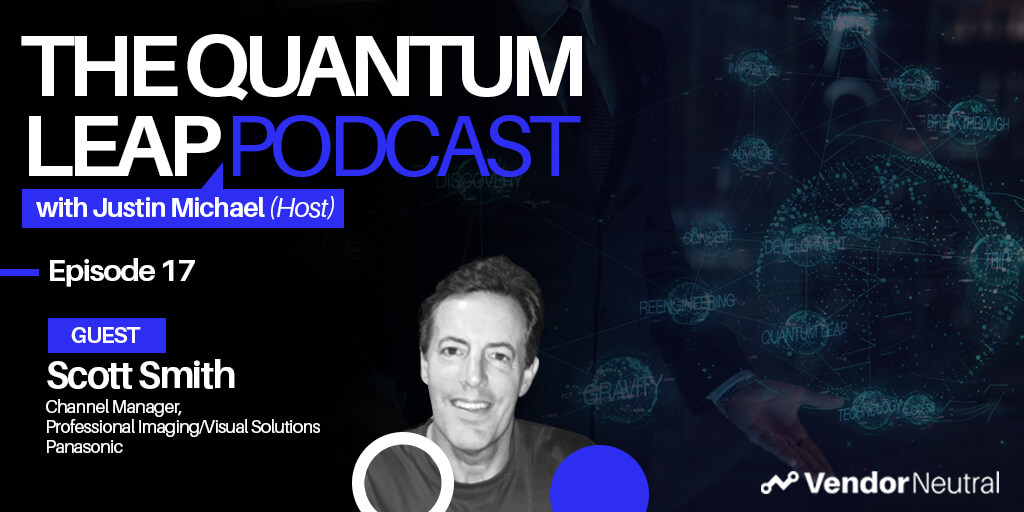 Leveraging Sales Technology in Enterprise Channel Sales | Start by identifying the problems you’re trying to solveLeveraging Sales Technology in Enterprise Channel Sales | Start by identifying the problems you’re trying to solve
Leveraging Sales Technology in Enterprise Channel Sales | Start by identifying the problems you’re trying to solveLeveraging Sales Technology in Enterprise Channel Sales | Start by identifying the problems you’re trying to solve -
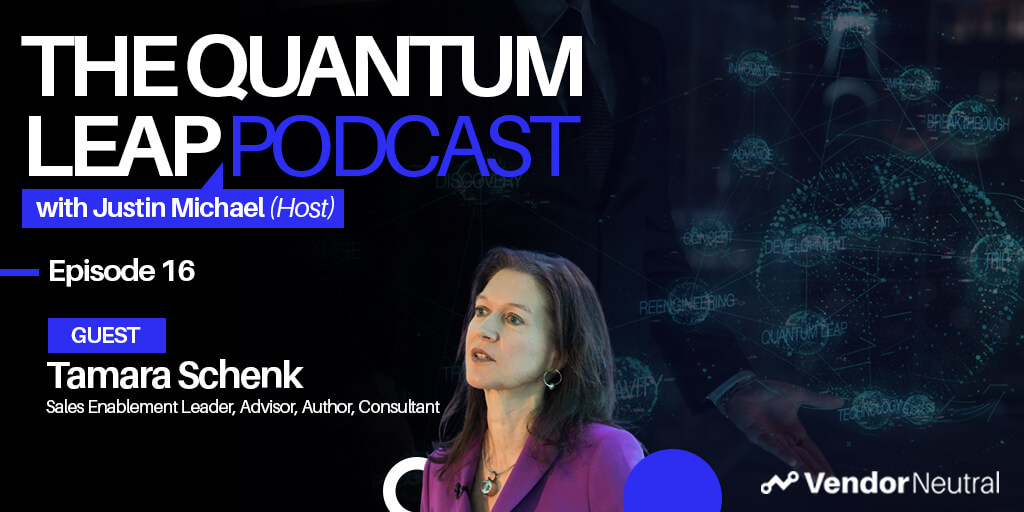 The One Question to Ask Before Sales Technology Implementation to Ensure the Success of Your Enablement InitiativeThe One Question to Ask Before Sales Technology Implementation to Ensure the Success of Your Enablement Initiative
The One Question to Ask Before Sales Technology Implementation to Ensure the Success of Your Enablement InitiativeThe One Question to Ask Before Sales Technology Implementation to Ensure the Success of Your Enablement Initiative -
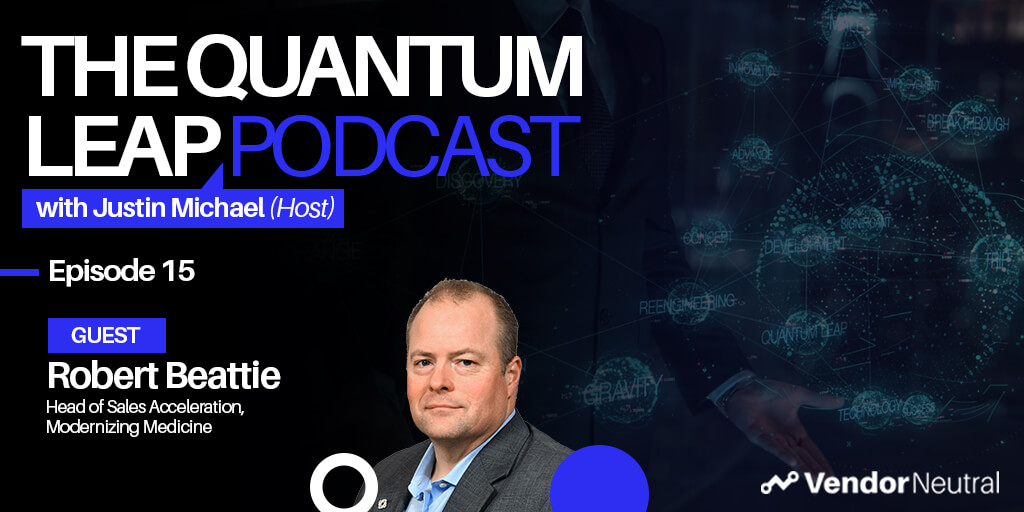 Digitally Enabled Enterprise Sales - Technology & Skills You'll Need in 2025Digitally Enabled Enterprise Sales - Technology & Skills You'll Need in 2025
Digitally Enabled Enterprise Sales - Technology & Skills You'll Need in 2025Digitally Enabled Enterprise Sales - Technology & Skills You'll Need in 2025 -
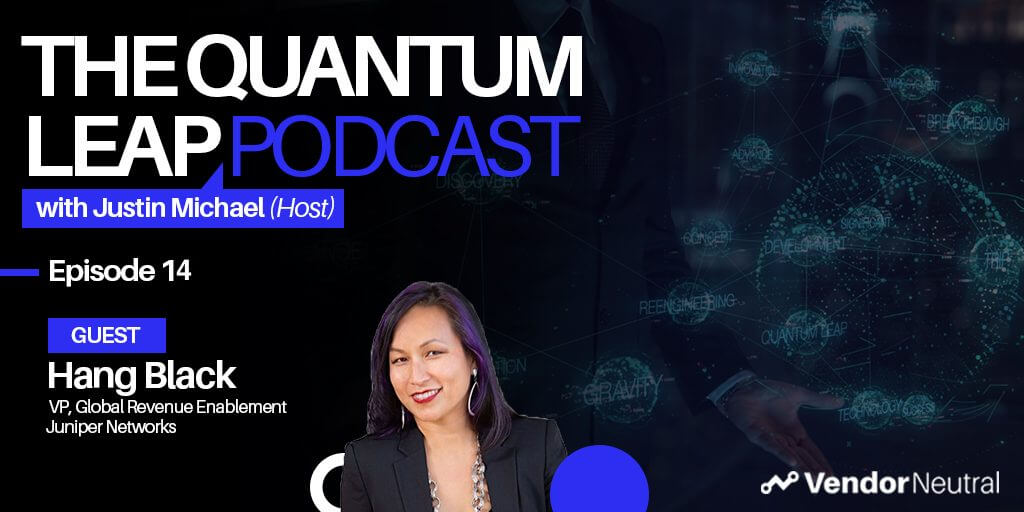 A Look Into The Future of Sales EnablementA Look Into The Future of Sales Enablement
A Look Into The Future of Sales EnablementA Look Into The Future of Sales Enablement -
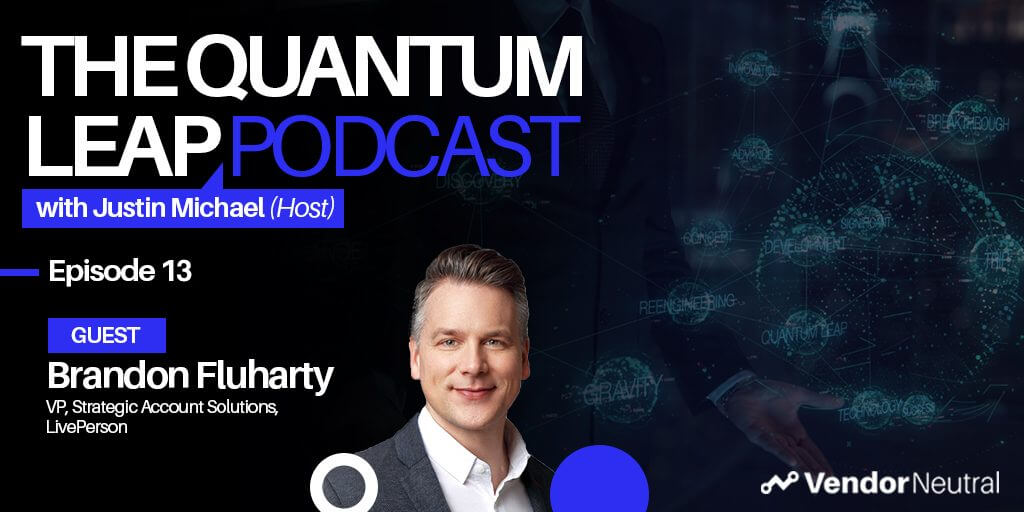 3 Ways Sales Technology will Shape the Future of Strategic Selling & Enterprise Sales3 Ways Sales Technology will Shape the Future of Strategic Selling & Enterprise Sales
3 Ways Sales Technology will Shape the Future of Strategic Selling & Enterprise Sales3 Ways Sales Technology will Shape the Future of Strategic Selling & Enterprise Sales -
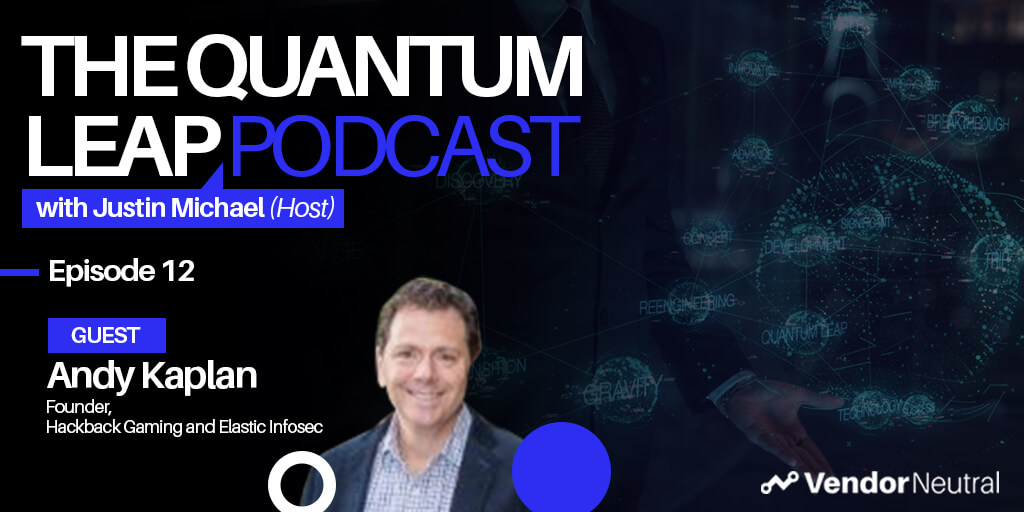 Future of Sales in the EnterpriseFuture of Sales in the Enterprise
Future of Sales in the EnterpriseFuture of Sales in the Enterprise -
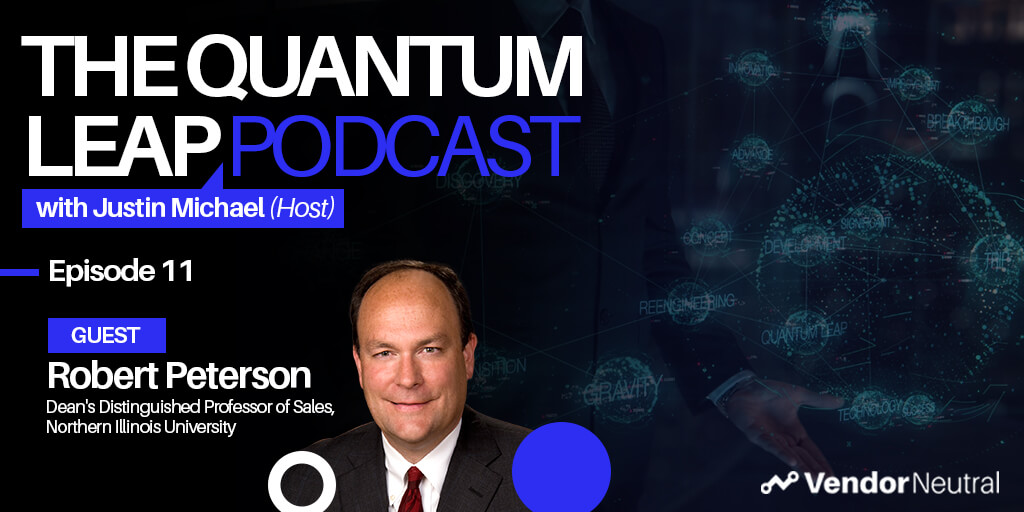 Developing the Revenue Leaders of TomorrowDeveloping the Revenue Leaders of Tomorrow
Developing the Revenue Leaders of TomorrowDeveloping the Revenue Leaders of Tomorrow -
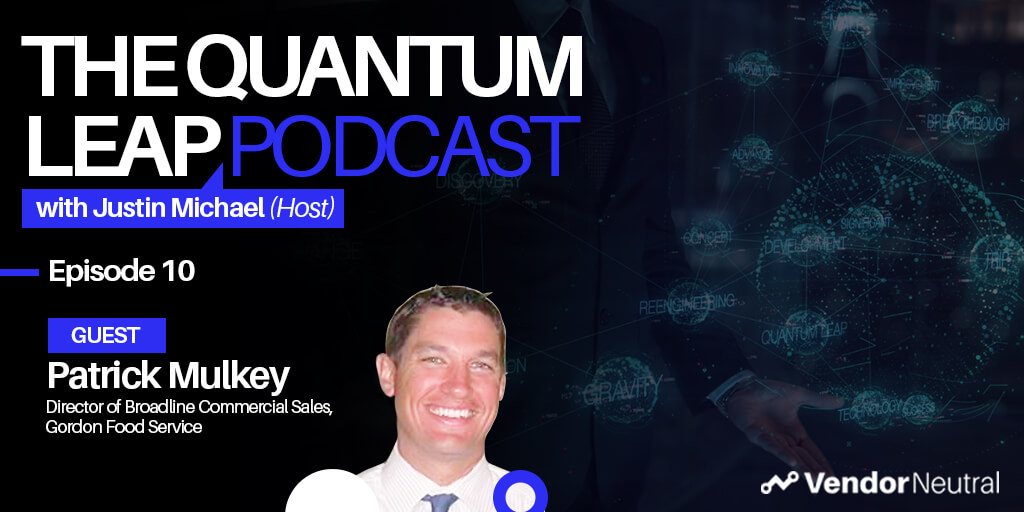 Evaluating and Updating Your Enterprise Sales Technology StackEvaluating and Updating Your Enterprise Sales Technology Stack
Evaluating and Updating Your Enterprise Sales Technology StackEvaluating and Updating Your Enterprise Sales Technology Stack -
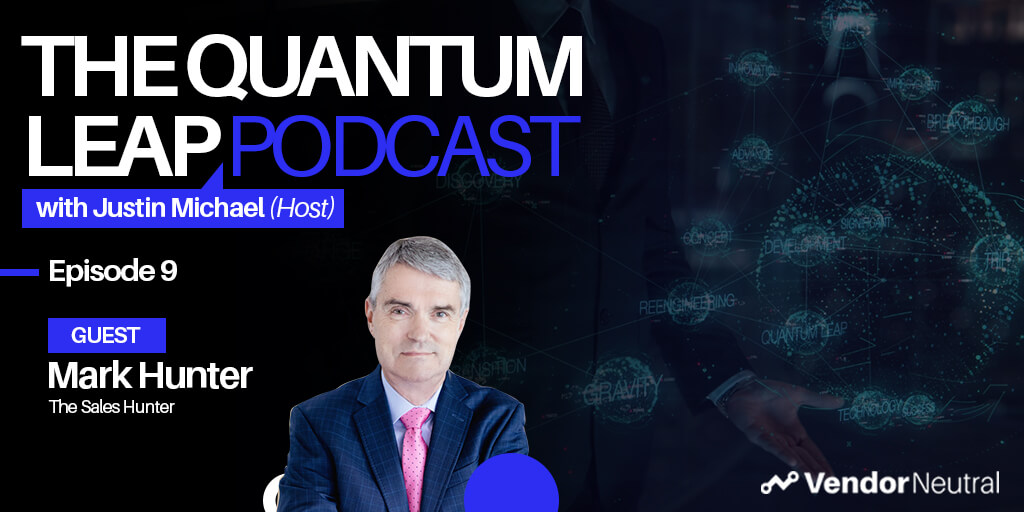 How-to Connect With Enterprise Buyers When Selling From HomeHow-to Connect With Enterprise Buyers When Selling From Home
How-to Connect With Enterprise Buyers When Selling From HomeHow-to Connect With Enterprise Buyers When Selling From Home -
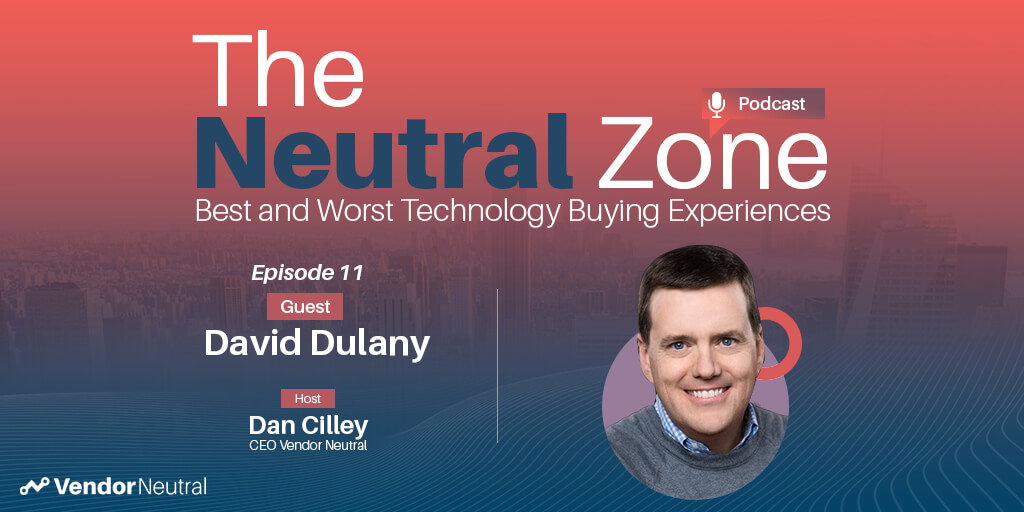 Is the Sales Technology Buying Process Over Engineered?Is the Sales Technology Buying Process Over Engineered?
Is the Sales Technology Buying Process Over Engineered?Is the Sales Technology Buying Process Over Engineered? -
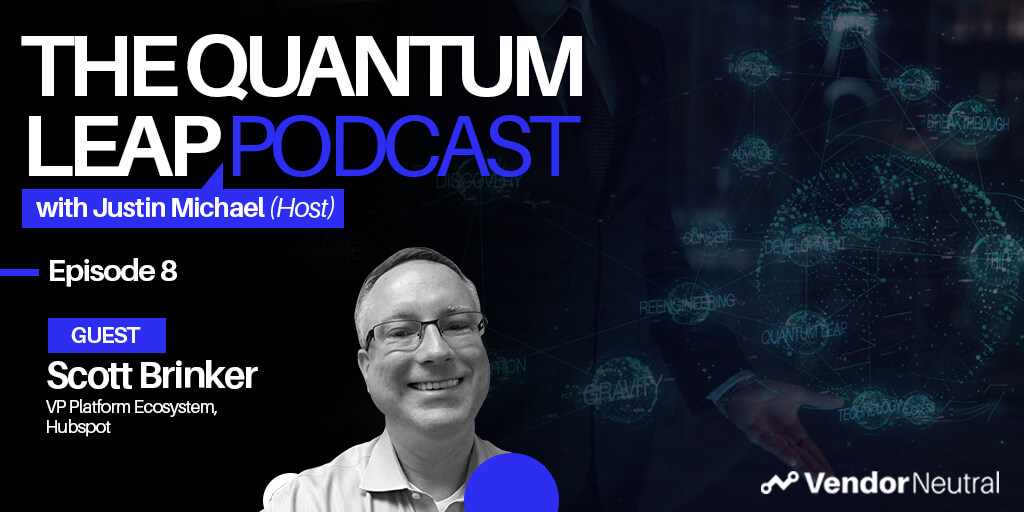 Tangible Ways to Digitally Transform Enterprise OrganizationsTangible Ways to Digitally Transform Enterprise Organizations
Tangible Ways to Digitally Transform Enterprise OrganizationsTangible Ways to Digitally Transform Enterprise Organizations -
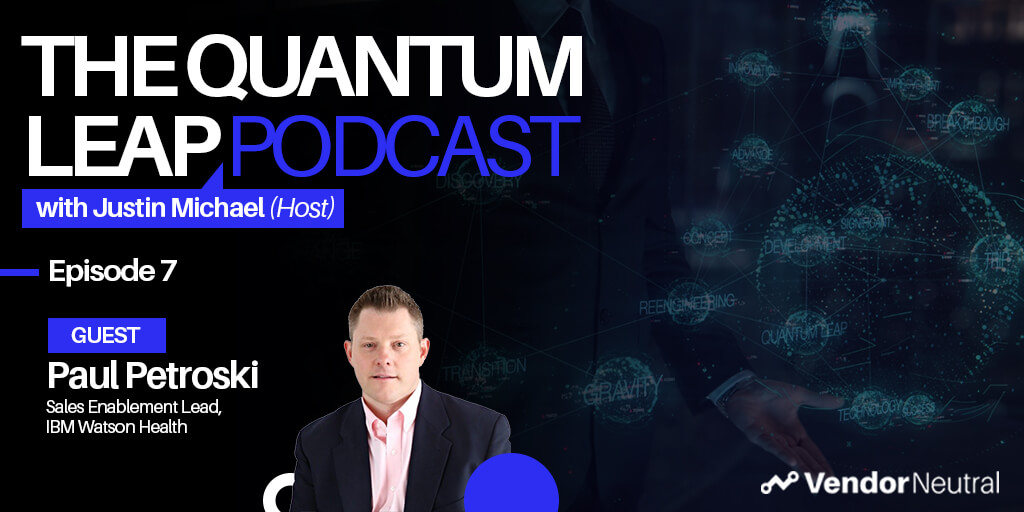 Quantum Leap Podcast Episode 7Quantum Leap Podcast Episode 7
Quantum Leap Podcast Episode 7Quantum Leap Podcast Episode 7 -
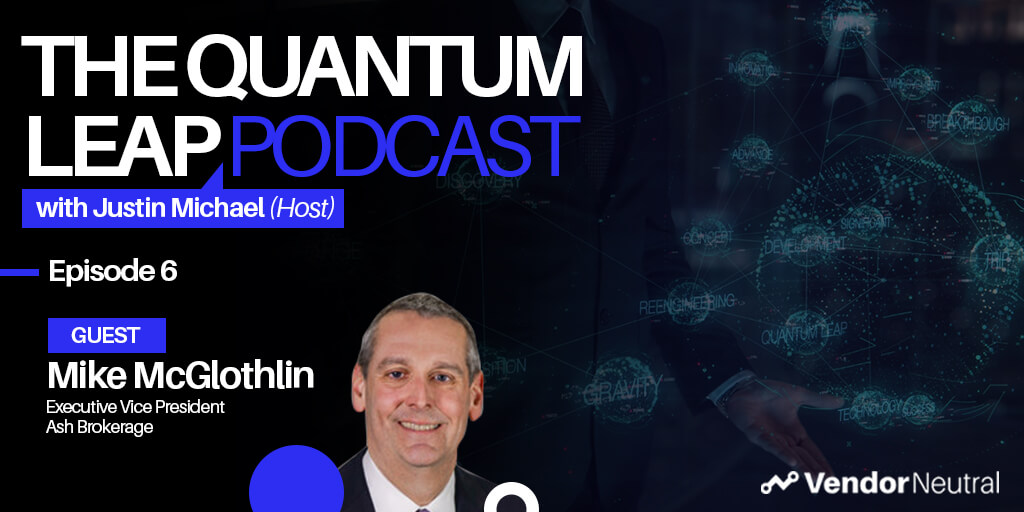 How Sales Technology is Making an Impact in the Financial SpaceHow Sales Technology is Making an Impact in the Financial Space
How Sales Technology is Making an Impact in the Financial SpaceHow Sales Technology is Making an Impact in the Financial Space -
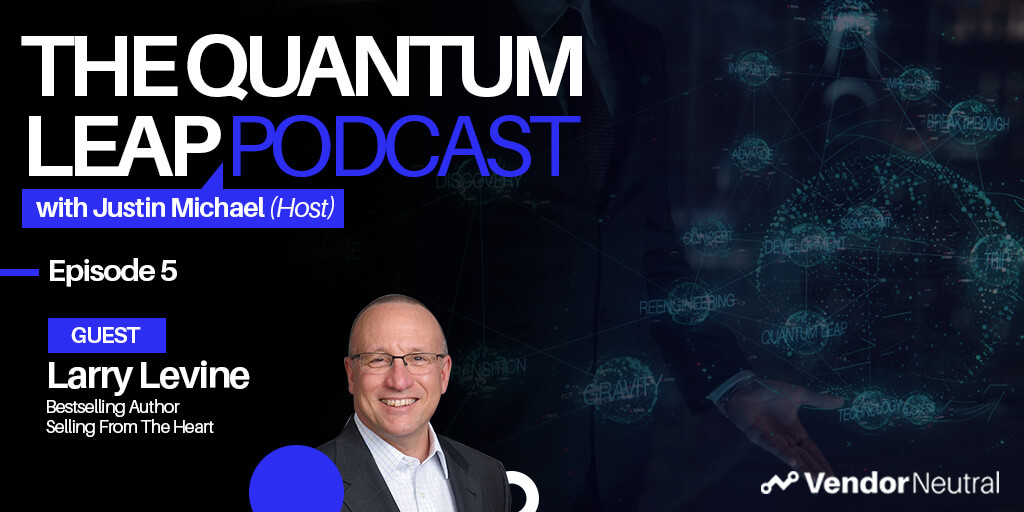 Quantum Leap Podcast Episode 5Quantum Leap Podcast Episode 5
Quantum Leap Podcast Episode 5Quantum Leap Podcast Episode 5 -
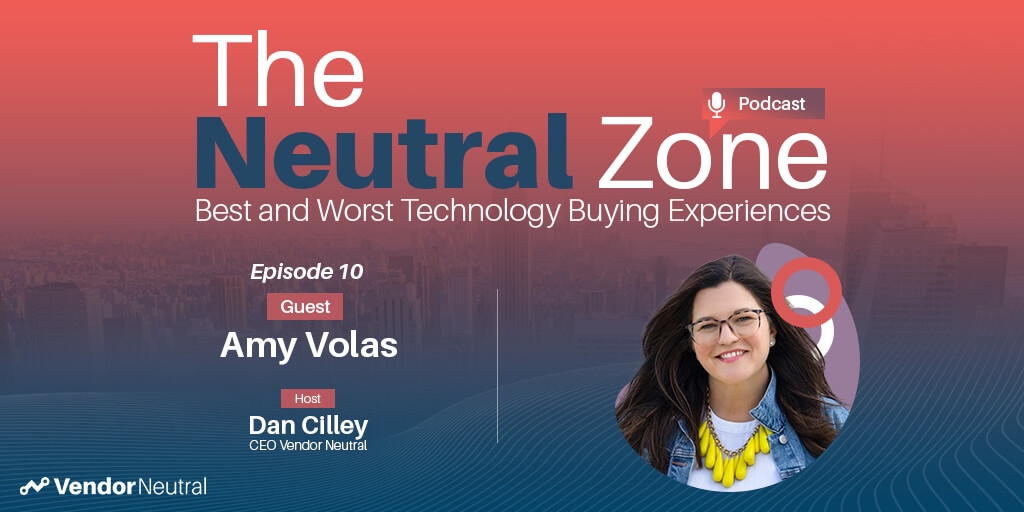 Clear View of Sales Episode 10 with Amy VolasClear View of Sales Episode 10 with Amy Volas
Clear View of Sales Episode 10 with Amy VolasClear View of Sales Episode 10 with Amy Volas -
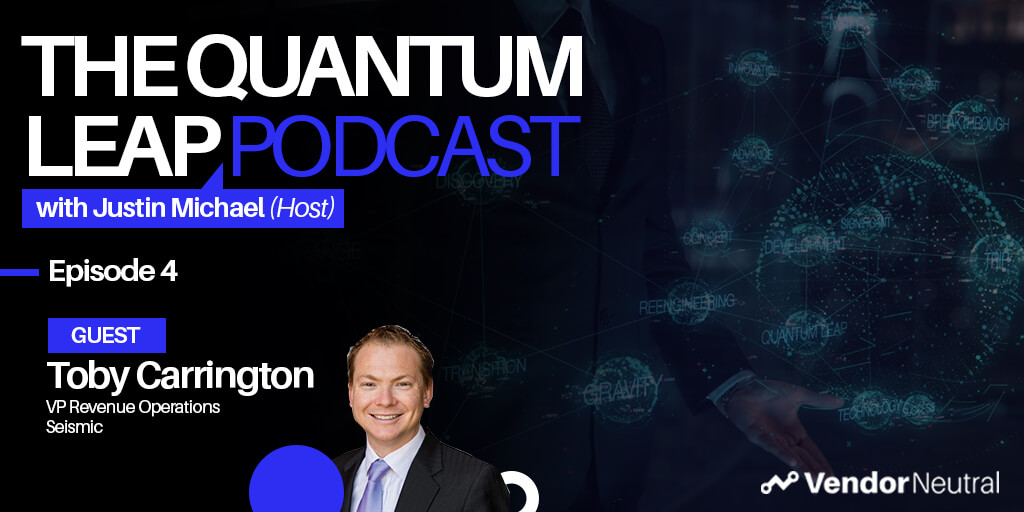 Quantum Leap Podcast Episode 4: Transforming Your Enterprise TechStack, The Future is Bright!Quantum Leap Podcast Episode 4: Transforming Your Enterprise TechStack, The Future is Bright!
Quantum Leap Podcast Episode 4: Transforming Your Enterprise TechStack, The Future is Bright!Quantum Leap Podcast Episode 4: Transforming Your Enterprise TechStack, The Future is Bright! -
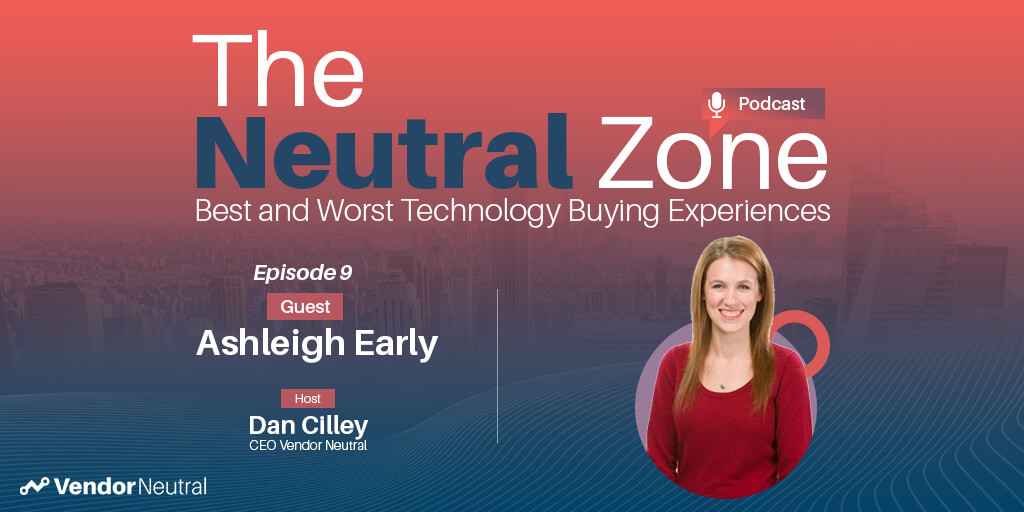 Clear View of Sales with Ashleigh Early:Clear View of Sales with Ashleigh Early:
Clear View of Sales with Ashleigh Early:Clear View of Sales with Ashleigh Early: -
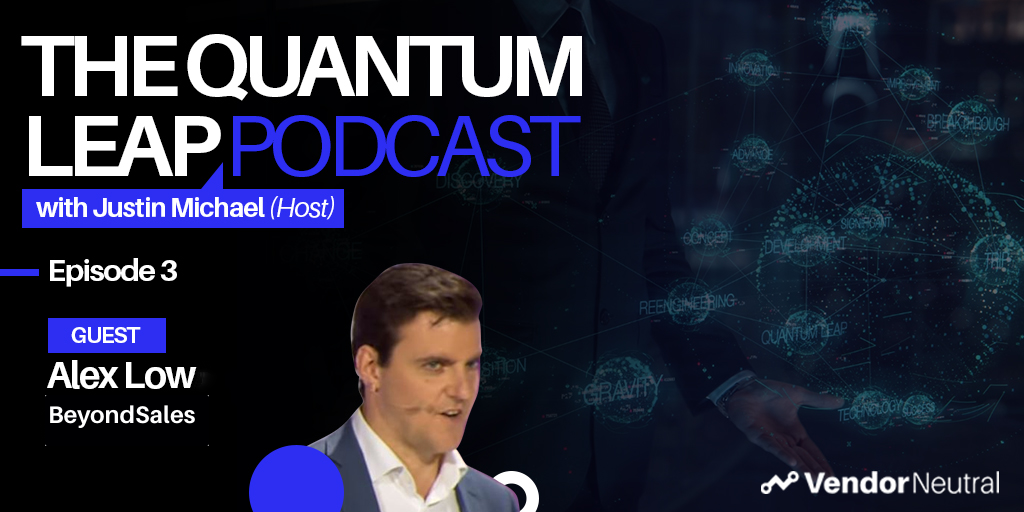 Quantum Leap Episode 3: Unlock the Mystery of Enterprise TransformationQuantum Leap Episode 3: Unlock the Mystery of Enterprise Transformation
Quantum Leap Episode 3: Unlock the Mystery of Enterprise TransformationQuantum Leap Episode 3: Unlock the Mystery of Enterprise Transformation -
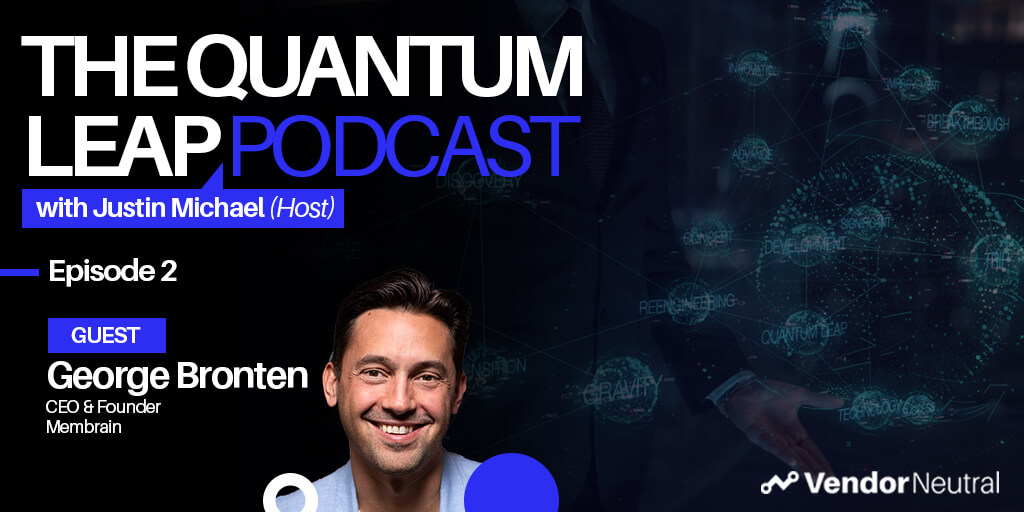 Quantum Leap Podcast Episode 2Quantum Leap Podcast Episode 2
Quantum Leap Podcast Episode 2Quantum Leap Podcast Episode 2 -
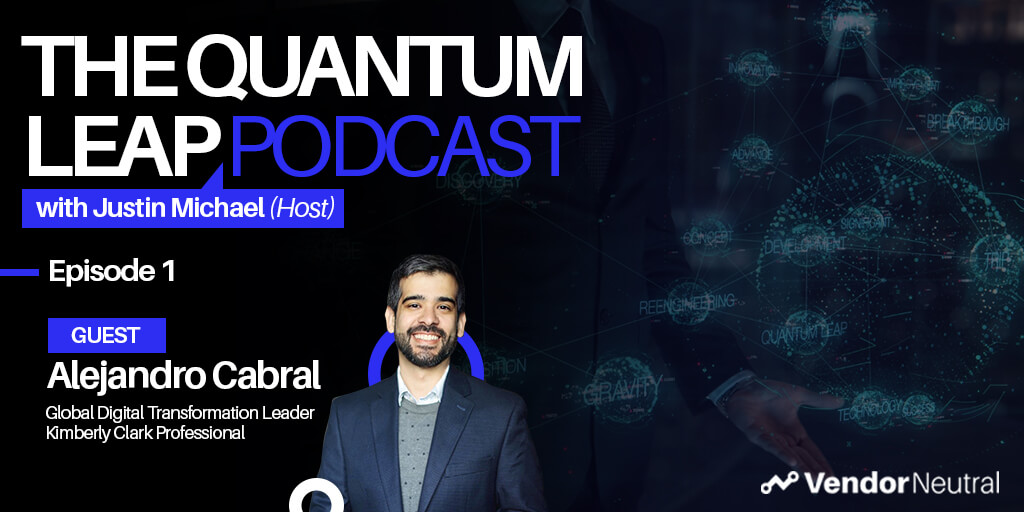 Quantum Leap Podcast Episode 1Quantum Leap Podcast Episode 1
Quantum Leap Podcast Episode 1Quantum Leap Podcast Episode 1 -
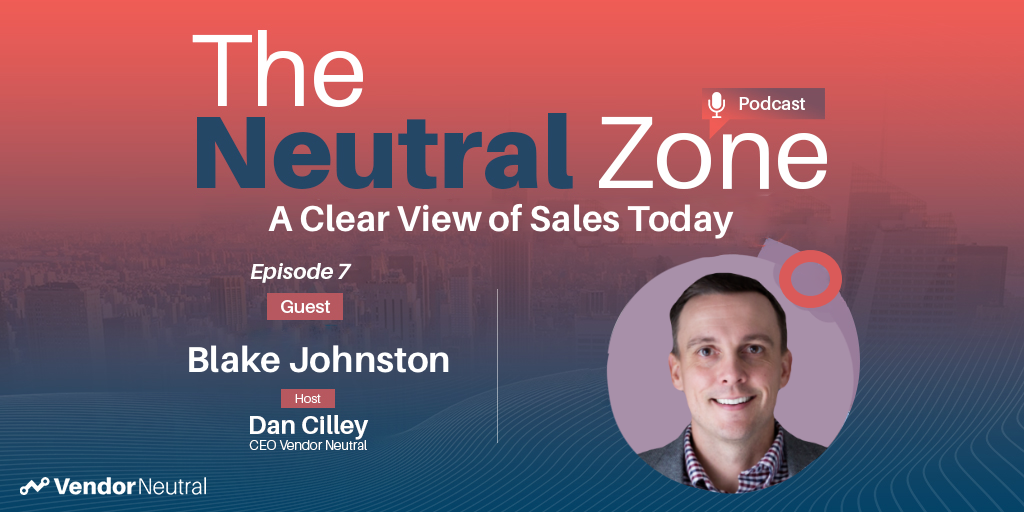 The Best & Worst B2B Technology Buying Experiences With Blake JohnstonThe Best & Worst B2B Technology Buying Experiences With Blake Johnston
The Best & Worst B2B Technology Buying Experiences With Blake JohnstonThe Best & Worst B2B Technology Buying Experiences With Blake Johnston -
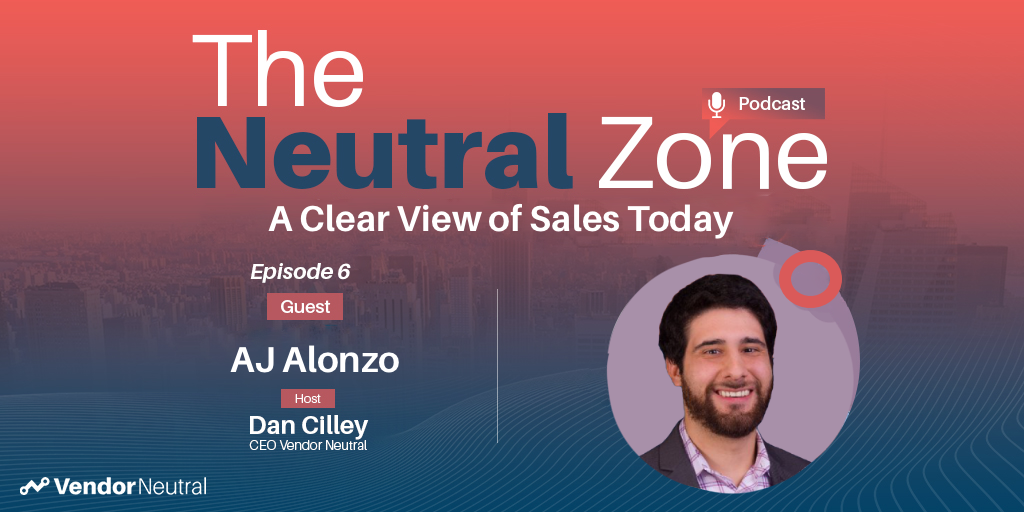 The Best & Worst B2B Technology Buying Experiences With AJ AlonzoThe Best & Worst B2B Technology Buying Experiences With AJ Alonzo
The Best & Worst B2B Technology Buying Experiences With AJ AlonzoThe Best & Worst B2B Technology Buying Experiences With AJ Alonzo -
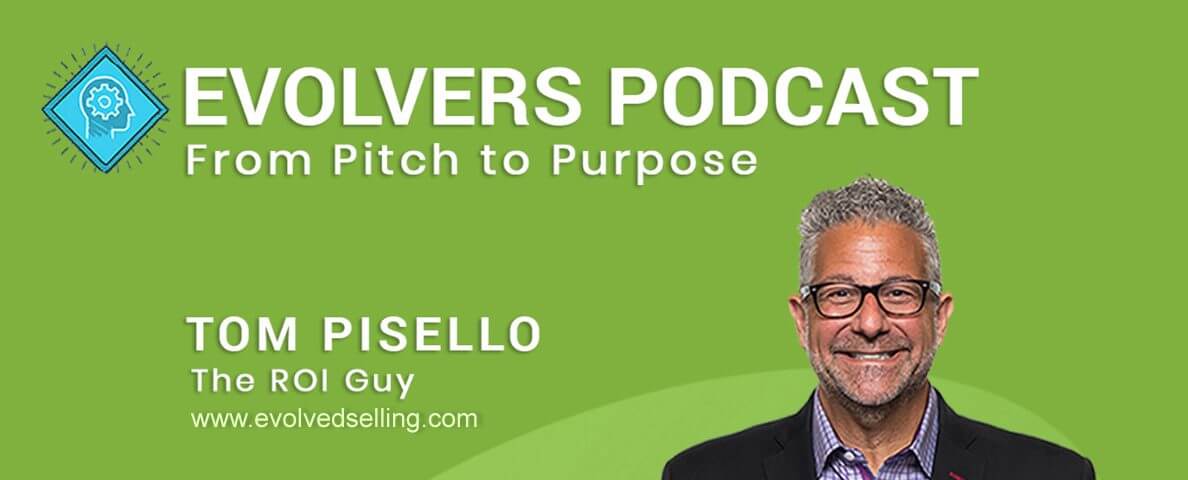 Evolvers Podcast: The Democratization of Sales Enablement? With Dan CilleyEvolvers Podcast: The Democratization of Sales Enablement? With Dan Cilley
Evolvers Podcast: The Democratization of Sales Enablement? With Dan CilleyEvolvers Podcast: The Democratization of Sales Enablement? With Dan Cilley -
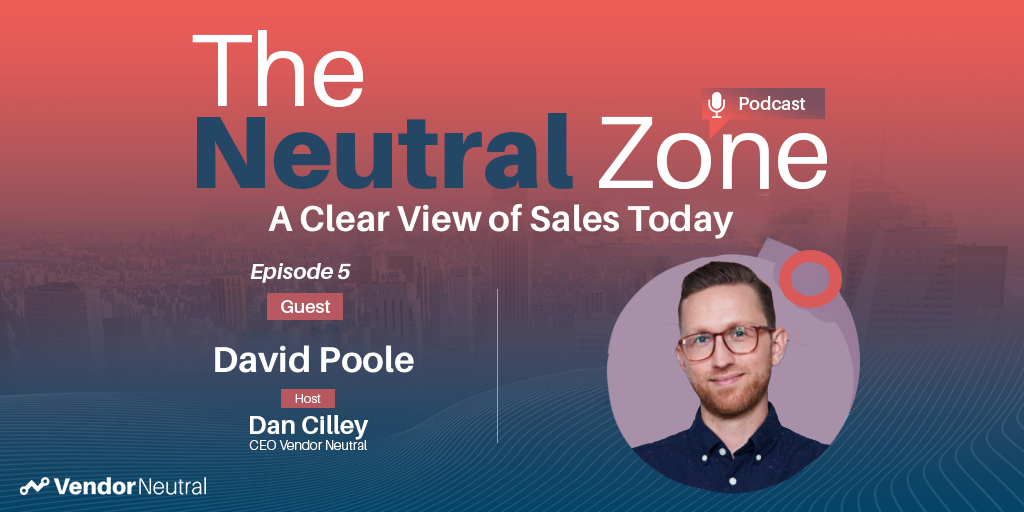 The Best & Worst B2B Technology Buying Experiences With David PooleThe Best & Worst B2B Technology Buying Experiences With David Poole
The Best & Worst B2B Technology Buying Experiences With David PooleThe Best & Worst B2B Technology Buying Experiences With David Poole -
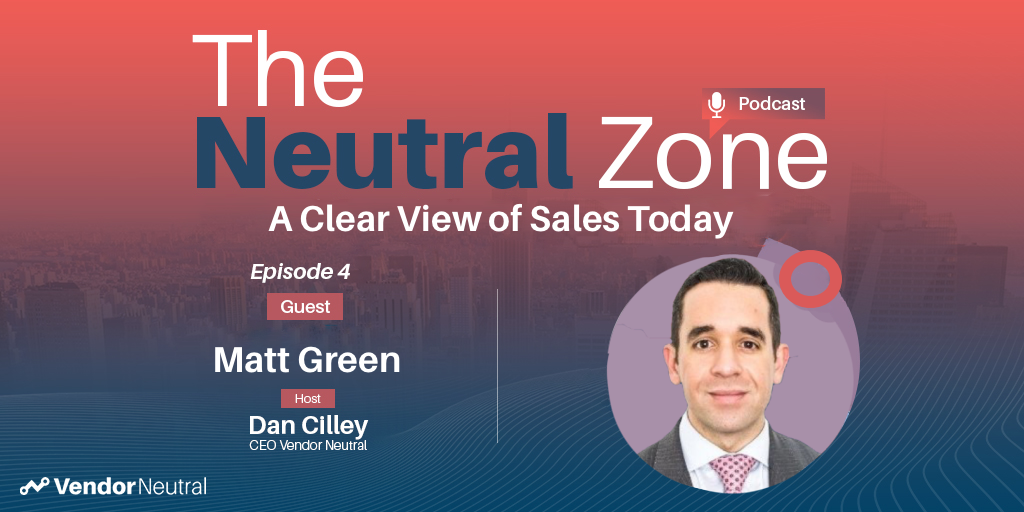 The Best & Worst B2B Technology Buying Experiences With Matt GreenThe Best & Worst B2B Technology Buying Experiences With Matt Green
The Best & Worst B2B Technology Buying Experiences With Matt GreenThe Best & Worst B2B Technology Buying Experiences With Matt Green -
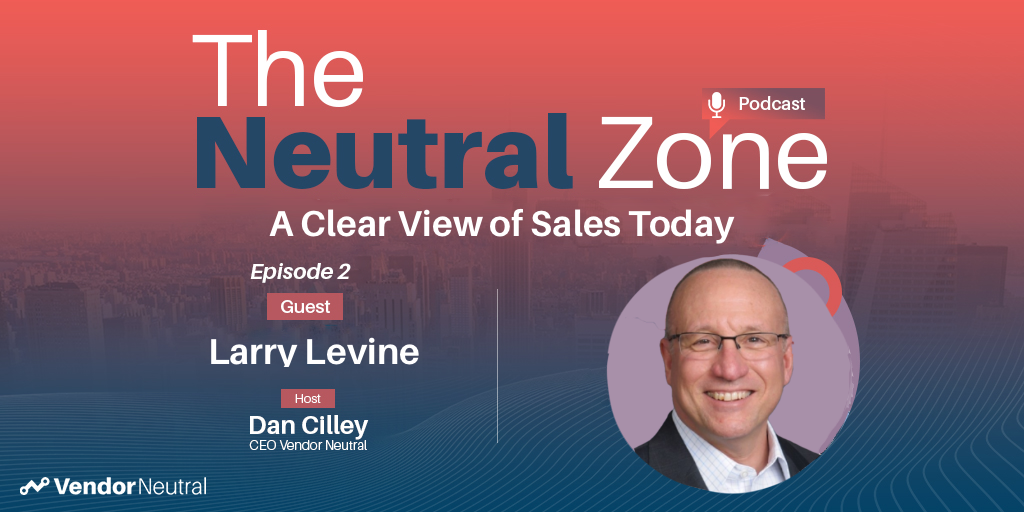 The Best & Worst B2B Technology Buying Experiences with Larry LevineThe Best & Worst B2B Technology Buying Experiences with Larry Levine
The Best & Worst B2B Technology Buying Experiences with Larry LevineThe Best & Worst B2B Technology Buying Experiences with Larry Levine -
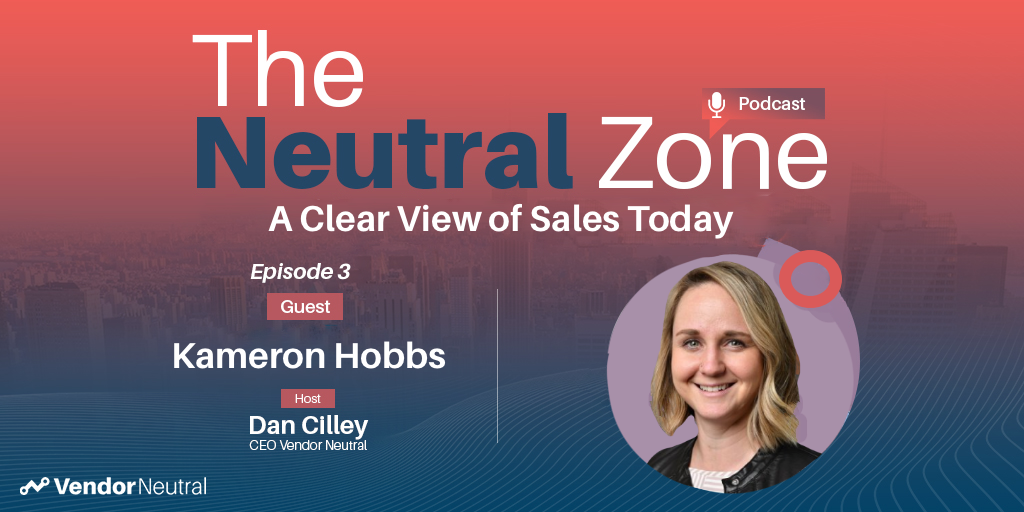 The Best & Worst B2B Technology Buying Experiences with Kameron HobbsThe Best & Worst B2B Technology Buying Experiences with Kameron HobbsVideo
The Best & Worst B2B Technology Buying Experiences with Kameron HobbsThe Best & Worst B2B Technology Buying Experiences with Kameron HobbsVideo -
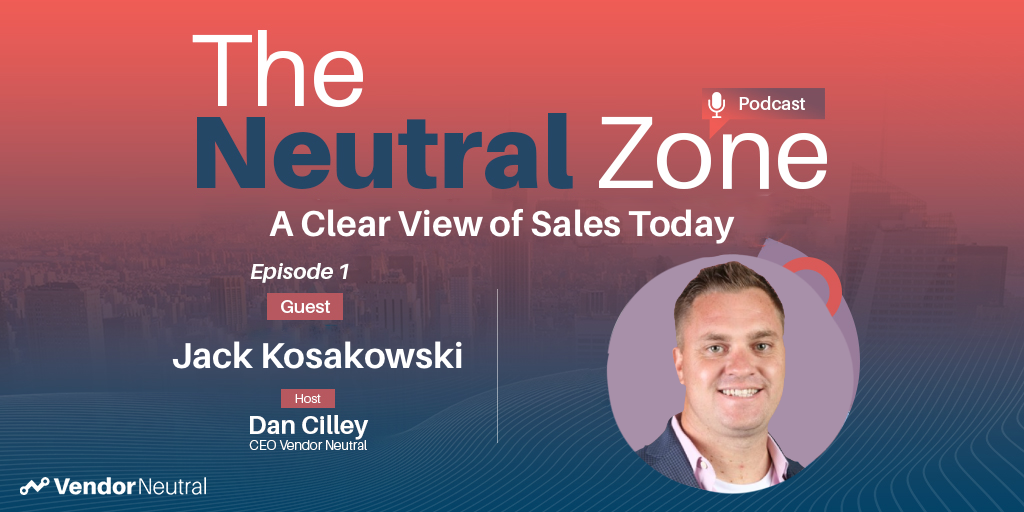 The Best & Worst B2B Technology Buying Experiences with Jack KosakowsiThe Best & Worst B2B Technology Buying Experiences with Jack KosakowsiPodcast
The Best & Worst B2B Technology Buying Experiences with Jack KosakowsiThe Best & Worst B2B Technology Buying Experiences with Jack KosakowsiPodcast
